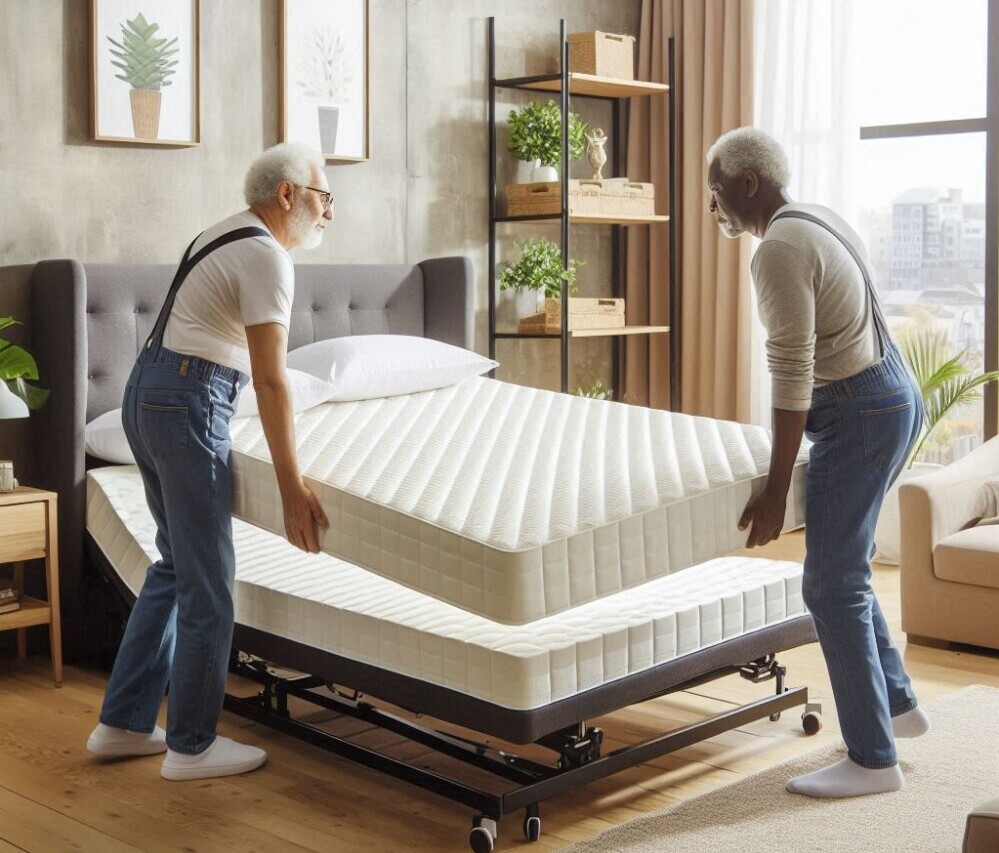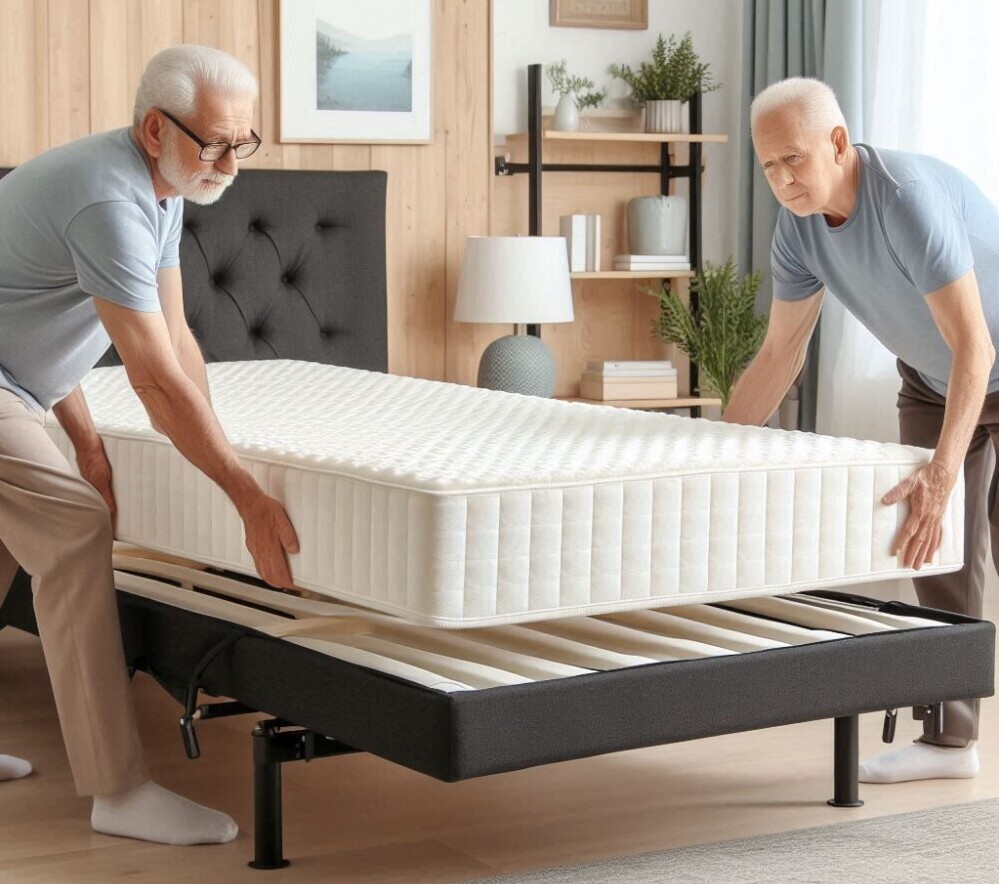
Getting a good night’s sleep is important for everyone—but if you’re a senior or you’re living with a disability, sleep plays an even bigger role in staying healthy, managing pain, and feeling your best each day. That’s why finding the right mattress really matters. The catch? Health conditions and physical challenges can make that search a little tricky.
But don’t worry—today’s mattresses have come a long way from the old-school spring beds. There are now tons of options designed to give you the support and comfort you need. Let’s break it all down together.
The Mattress Lowdown: What’s Out There?
There are several different kinds of mattress designed with comfort and support in mind, especially for those who need a little extra care. Here’s a look at the main types:
🛏️ Therapeutic Mattresses & Pressure Relief Options
These are high-tech beds used in many healthcare settings. They’re perfect for people who spend a lot of time in bed or are at risk of bedsores. Some use gentle air movements to shift pressure and keep circulation flowing. They’re often recommended by doctors or physical therapists.
🌀 Innerspring Mattresses
These are your traditional coil mattresses. They’re firm and durable—but not always the best mattress choices for seniors or the best kind of mattress for back pain if you need pressure relief or plan to use an adjustable bed. They don’t contour to the body very well and can feel stiff for some folks.
☁️ Foam Mattresses
There are two main kinds of foam mattress: memory foam and latex foam. Both are great for pressure relief and work well with adjustable beds (more on that below!).
- Memory Foam: This type “hugs” your body, adapting to your shape and helping relieve pressure points—great for arthritis or back pain.
- Latex Foam: Similar benefits, but a bit firmer and more springy. It’s also more breathable, which can help if you tend to sleep hot.
Adjustable Beds: The Real Game-Changer
Now here’s where things get really interesting. Pairing a good mattress for seniors with an adjustable bed can make a world of difference, especially for older adults or people with mobility challenges. These beds let you raise your head, feet, or both—offering benefits like:
- Better blood flow & digestion
- Less snoring and easier breathing
- Reduced back or leg pain
- Easier time getting in and out of bed
It’s like customizing your bed to fit your body’s needs.

Making Sure Your Mattress Plays Nice with an Adjustable Bed
Not every mattress works well on an adjustable base. Here’s a quick guide:
- ✅ Memory Foam – Super flexible and a top choice for adjustable beds.
- ✅ Latex Foam – Usually works well too, just check it’s not too thick or stiff.
- ❌ Innerspring – Not ideal. The coils don’t bend well and could get damaged.
- ✅ Air Mattresses – Some are made just for adjustable beds and offer adjustable firmness.
So… How Thick Should It Be?
For adjustable beds, mattress thickness matters! The sweet spot is usually between 6 and 12 inches, depending on the material.
- Memory Foam: 10–12 inches is perfect for comfort and flexibility.
- Latex Foam: 8–10 inches works well since it’s a bit firmer.
- Spring or Air Mattresses: Stick to 6–8 inches for best results.
The Bottom Line: Comfort is Worth the Investment
Choosing the right mattress, finding what type of mattress is good for seniors—especially when paired with an adjustable bed—can truly boost quality of life. For seniors and those with disabilities, it’s not just about sleep. It’s about pain relief, independence, and feeling good each day.
So take your time, explore your options, and pick the setup that supports your health, your comfort, and your lifestyle. Sweet dreams are just a mattress away.
Affiliate Disclosure
Here’s a little transparency: Our website contains affiliate links. This means if you click and make a purchase, we may receive a small commission. Don’t worry, there’s no extra cost to you. It’s a simple way you can support our mission to bring you quality affiliate marketing content.
